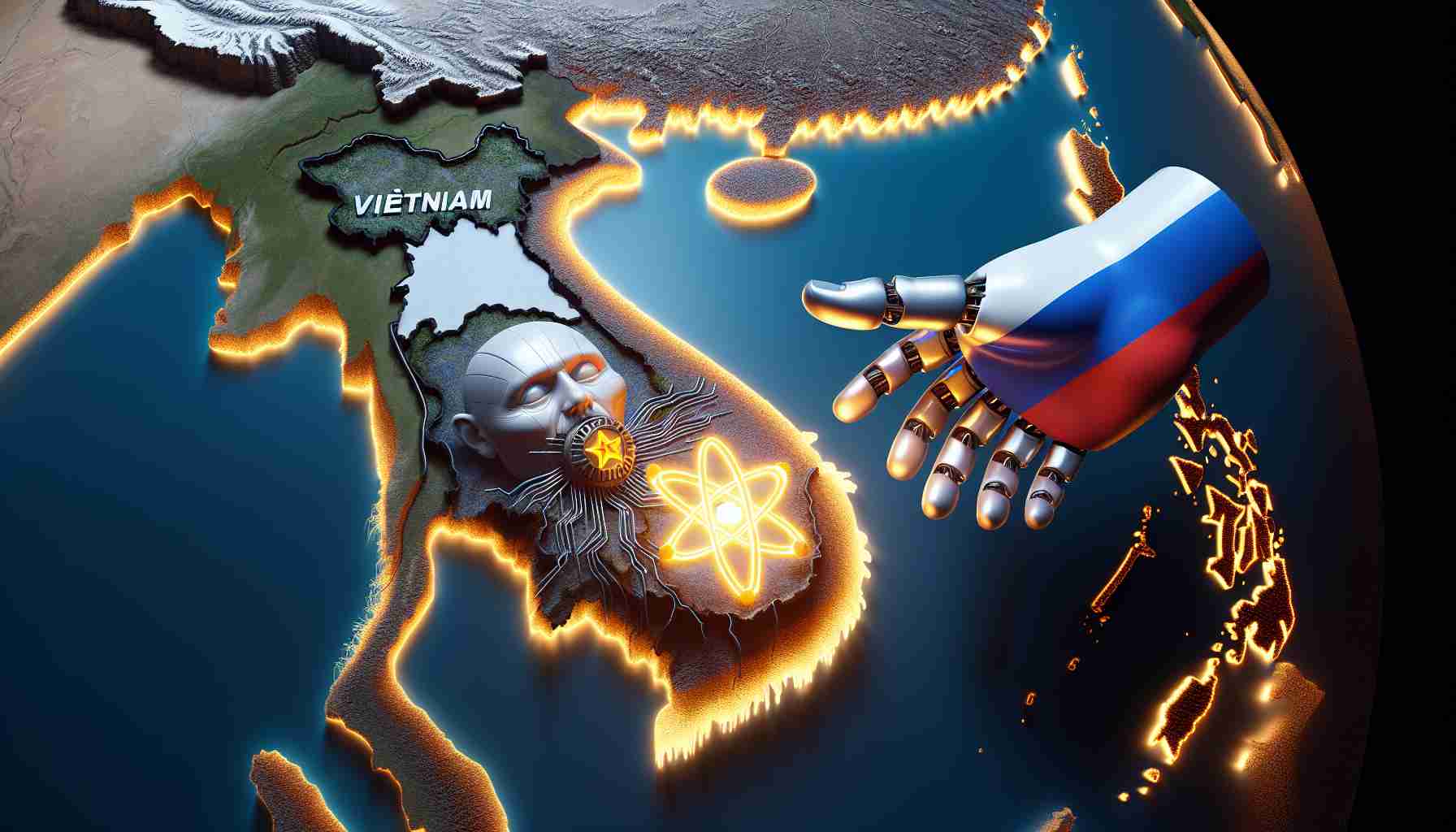- The IEA predicts a significant rise in nuclear power by 2025, positioning it as a key player in green energy solutions.
- Innovative reactor technologies are enhancing safety and waste management, supporting nuclear’s growth.
- Global policies increasingly support nuclear power to meet zero-emission targets and enhance energy resilience.
- Nuclear energy is expanding beyond electricity, contributing to desalination and hydrogen production.
- Challenges persist with radioactive waste and construction costs, but the industry focuses on safety and sustainability innovations.
- Asia drives new developments, and regions like Europe and the U.S. are adopting small modular reactors (SMRs).
The International Energy Agency (IEA) has unlocked a thrilling vision for nuclear power, foreseeing its dramatic rise by 2025 as the world sprints towards greener energy solutions. As environmental challenges mount and energy markets shift, nations are increasingly embracing nuclear energy for its stability and clean credentials.
Unveiling the Future
The IEA’s insightful forecast points to a burgeoning nuclear landscape, driven by cutting-edge reactor technologies that promise safer operations and efficient waste management. These advancements herald a new era where nuclear energy isn’t just an option but a powerful ally in reducing carbon footprints.
Pillars of Growth
This anticipated surge hails from several compelling factors:
Innovative Reactor Technologies are setting new safety and efficiency benchmarks.
Global Supportive Policies are reshaping energy dialogues, with governments backing nuclear power as pivotal to zero-emission ambitions.
Energy Resilience is at the forefront, offering a bulwark against fluctuating fossil fuel markets.
Nuclear’s Expanding Role
Beyond electricity, nuclear technologies are diving into sectors like desalination to combat water scarcity and powering hydrogen production for cleaner fuel innovations.
The Balancing Act
While nuclear power delivers low carbon emissions and high efficiency, it faces hurdles with radioactive waste challenges and high construction costs. Yet, the industry’s relentless pursuit of safety and sustainability innovations signals a transformative journey ahead.
Global Perspective
The IEA highlights regional market growth insights: Asia champions new developments, while Europe and the U.S. are rejuvenating nuclear strategies with small modular reactors (SMRs).
As 2025 approaches, nuclear energy’s evolution represents a beacon of hope, aligning steadfastly with global sustainability goals. The promise of nuclear lies not just in its potential, but in how it invigorates the journey toward a stable and eco-conscious future.
The Nuclear Renaissance: Unpacking the Future of Energy
Introduction: The New Dawn of Nuclear Energy
In an era marked by environmental challenges and shifting energy markets, nuclear power is emerging as a cornerstone of sustainable solutions. The International Energy Agency (IEA) forecasts a dramatic rise in nuclear energy by 2025, powered by pioneering technologies and global policy shifts. Here, we delve into the crucial aspects of this nuclear renaissance.
Innovations and Safety: The Cutting-Edge of Reactor Technologies
One of the most exciting developments in the nuclear sector is the advent of innovative reactor technologies. These advancements are crucial for improving safety and efficiency, addressing public concerns about radioactive waste, and minimizing risks associated with nuclear energy. New reactor designs offer enhanced waste management techniques, making nuclear plants not just safer but more environmentally friendly.
Pros and Cons: The Nuclear Trade-Off
– Pros:
– Low Carbon Emissions: Nuclear power produces significantly lower emissions compared to fossil fuels.
– High Efficiency and Reliability: It offers a stable energy supply unaffected by weather conditions, unlike some renewable sources.
– Diverse Applications: Beyond power generation, nuclear technology aids in desalination and hydrogen production.
– Cons:
– Radioactive Waste: The disposal and management of radioactive waste remain persistent challenges.
– High Initial Costs: The construction of nuclear power plants requires substantial investment, which can deter initial adoption.
Global Trends and Policies: Shaping the Future Landscape
The global nuclear energy landscape is shaped by supportive policies and regional strategies. In Asia, there is a robust enthusiasm for new developments, showcasing an unparalleled commitment to expanding nuclear capabilities. Meanwhile, in Europe and the U.S., there’s a rejuvenation of nuclear strategies centered around small modular reactors (SMRs), which promise to be cost-effective and flexible alternatives to traditional large-scale reactors.
Addressing Key Questions
1. What are the most promising innovations in nuclear reactor technology?
– The most promising advances include the development of small modular reactors (SMRs), which offer enhanced safety, cost-effectiveness, and flexibility. Additionally, next-generation reactors like the thorium-based systems and fusion reactors are on the horizon, potentially resolving issues related to waste and fuel supply.
2. How do global policies influence the growth of nuclear energy?
– Global policies are pivotal in the growth of nuclear energy. Investment in R&D, financial incentives, and streamlined regulatory frameworks encourage the adoption of nuclear power. Countries endorsing clear zero-emission targets and carbon pricing are also propelling the nuclear agenda.
3. What are the biggest challenges facing the nuclear industry today?
– The nuclear industry faces significant hurdles, including managing radioactive waste sustainably, ensuring safety and security against potential threats, and overcoming the high upfront costs of construction. Public perception and regulatory complexities also pose challenges that need to be addressed with transparency and technological innovation.
Market Analysis and Future Predictions
The nuclear energy market is poised for significant growth, driven by innovation and a strong push toward decarbonization. The IEA’s forecast underscores the potential of nuclear energy as a transformative force in achieving global sustainability goals. By 2025, with concerted efforts from governments, industry stakeholders, and technological advancements, nuclear energy could play a critical role in a cleaner, more resilient energy future.
For more information on energy innovation and policies, visit the International Energy Agency website.
The source of the article is from the blog publicsectortravel.org.uk















